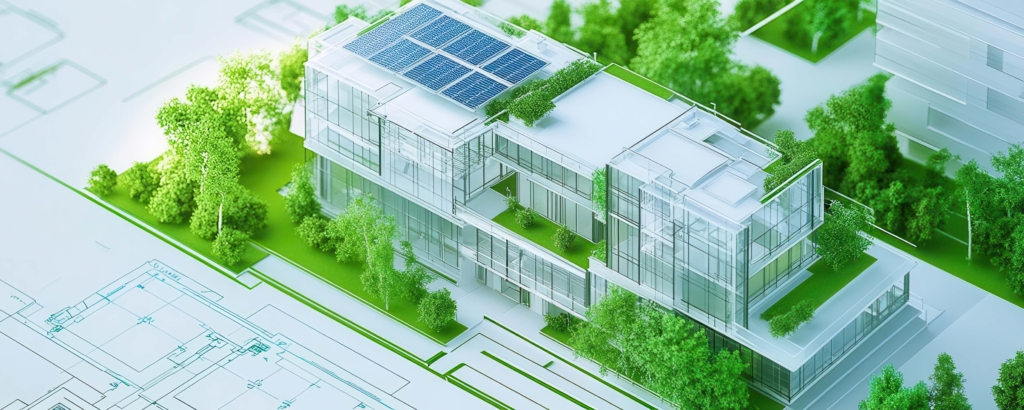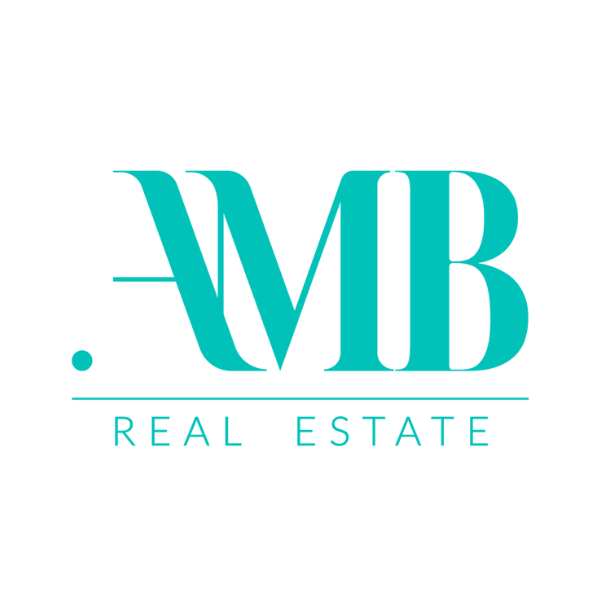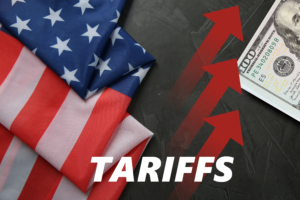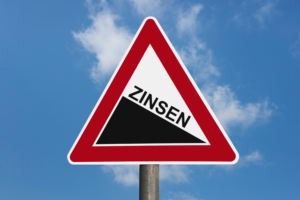As the urgency for sustainable practices intensifies, green real estate has emerged as a prominent trend among investors, homeowners, and developers. Beyond the well-known environmental benefits, the economics of green real estate provides a compelling case for sustainability—not just for the environment but also for financial viability. In this blog post, we will delve into how investing in green real estate can lead to substantial financial savings, increased property values, and long-term economic sustainability.
Understanding Green Real Estate
Green real estate refers to properties that are designed, built, and operated with environmental responsibility in mind. Key elements include energy-efficient technologies, sustainable materials, water conservation methods, and improved indoor environmental quality. The primary objective is to minimize a building’s environmental impact while maximizing efficiency and comfort for occupants.
1. Energy Efficiency Equals Cost Savings
One of the most significant financial advantages of green real estate is reduced energy consumption. Properties equipped with energy-efficient systems—such as LED lighting, high-efficiency HVAC systems, and smart home technologies—can dramatically lower utility bills. According to the U.S. Department of Energy, energy-efficient buildings can save 30% to 50% on energy costs compared to traditional buildings. (Learn more about EU energy policies here).
2. Water Conservation Reduces Expenses
Implementing water conservation measures—like low-flow fixtures, rainwater harvesting systems, and drought-resistant landscaping—benefits both the environment and the bottom line. With rising water costs, these sustainable practices not only help in managing expenses but also promote long-term financial savings.
3. Government Incentives and Tax Breaks
Numerous governments offer incentives for energy-efficient upgrades and sustainable building practices. Tax credits, rebates, and grants can significantly reduce the initial costs of green real estate investments. Taking advantage of these incentives can enhance the economic feasibility of sustainable projects and provide substantial financial relief.
4. Increased Property Value
Investing in green real estate can enhance property values. Numerous studies indicate that properties featuring environmentally friendly characteristics often command higher resale prices compared to their traditional counterparts (see study example here). As the demand for sustainability grows, the market increasingly favors green-certified homes and commercial spaces.
5. Attracting Tenants and Buyers
Today’s tenants and buyers are more conscious of their environmental footprint. Commercial buildings seeking LEED (Leadership in Energy and Environmental Design) certification, for example, can attract quality tenants who prioritize sustainability. This makes green properties more appealing, leading to reduced vacancy rates, longer lease terms, and ultimately, higher rental income.
6. Compliance with Regulations and Future-Proofing Properties
As cities enforce stricter environmental regulations, green real estate helps property owners stay ahead of compliance requirements. This proactive strategy minimizes the risk of fines and positions properties as future-proof investments, appealing to a growing segment of responsible investors.
7. Enhanced Health and Productivity
Sustainably designed properties often focus on improving indoor air quality and occupant health. Features such as enhanced natural lighting, improved ventilation, and the use of non-toxic materials contribute to healthier living and working environments. This emphasis on well-being boosts productivity and can lead to decreased healthcare costs for businesses.
Conclusion
The economics of green real estate clearly demonstrate that sustainability is not only a moral imperative but also a significant economic opportunity. By investing in energy-efficient technologies, water conservation measures, and environmentally conscious design, property owners and developers can unlock substantial financial benefits. As the demand for green properties continues to rise, those embracing sustainability stand to gain not just in value but also in the overall well-being of their occupants and the broader community.
As we strive toward a more sustainable future, the economics of green real estate will undoubtedly play a pivotal role in transforming the industry, creating a win-win scenario for both the environment and the economy.







